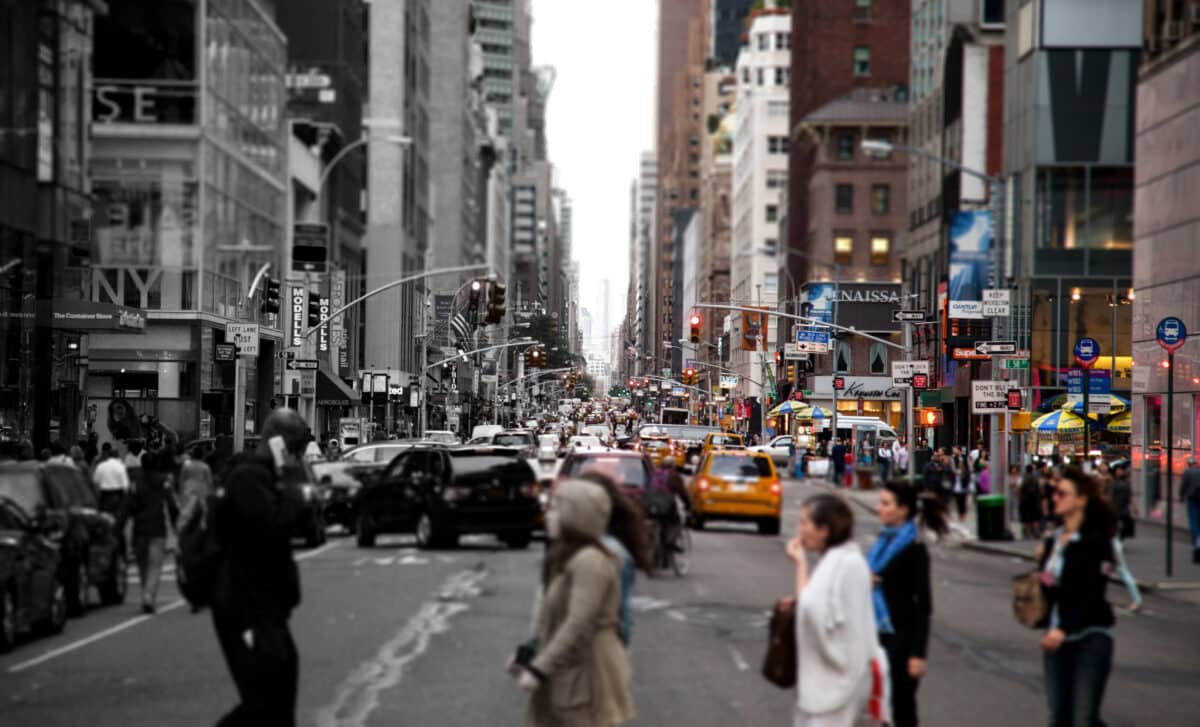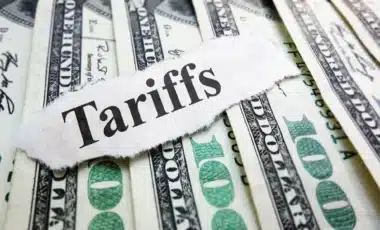The U.S. has undergone one depression in the last century—from the stock market crash of 1929 to 1939. Conditions since then have dramatically improved. However, the emergence of the “Silent Depression” trend on TikTok has ignited conversations about the state of the U.S. economy, with users drawing parallels to the hardships of the early 1930s.
A viral video—from realtor Freddie Smith’s—comparing today’s cost of living to that of the Great Depression sparked a wave of similar content, leaving many questioning the economic health of the nation.
Wage Growth and Buying Power: “The U.S. Economy is far from a Depression.”
However, contrary to TikTok claims, economists assert that the U.S. is not in a depression. Columbia Business School’s Brett House dismisses comparisons, highlighting advancements in various aspects of life since the Great Depression, including increased life expectancy, improved quality of life, expanded opportunities, and enhanced human rights, with advancements in labor rights, technology, medicine, and widespread access to information and education. “Any notion from TikTok that life was better in 1923 than it is now is divorced from reality,” said House to CNBC.
While inflation certainly remains above pre-pandemic levels, the Federal Reserve’s successful campaign has slowed the pace of rising prices. Recent economic data—such as the addition of 199,000 jobs in November and a 3.7% unemployment rate—indicate a robust economy, even as signs of a slowdown emerge.
Economists like Sung Won Sohn, Professor of Economics at Loyola Marymount University, emphasize that rising wages outpace inflation, boosting the buying power of consumers. Despite acknowledged economic cooling, the economist asserts that the prevailing sentiment is that the U.S. is far from experiencing a depression.
Growing Consumer Dissatisfaction Fuels the “Silent Depression” Trend
This sentiment of dissatisfaction, amplified by social media platforms like TikTok, appears to stem from a disconnect between macroeconomic success and individual financial experiences. The cost of living, particularly in sectors such as healthcare, education, and housing, continues to challenge many households.
This challenge is felt more acutely by certain demographics, especially those who haven’t proportionally benefited from the economic upswing. This trend—or narrative—of a “Silent Depression,” therefore, seems to be less about the overall economic data and more about the subjective experience of economic realities.
Are Economic Indicators Out of Sync with the Realities of U.S. Citizens?
By reflecting a broader dissatisfaction among Americans with the state of the economy, this “Silent Depression” TikTok trend points towards a broader conversation about the metrics used to gauge economic health. Traditional indicators like GDP growth, unemployment rates, and stock market performance may not fully capture the lived experiences of all Americans.
Issues such as income inequality, job security in the age of automation and the gig economy and long-term debt burdens are contributing to a sense of unease that persists despite positive economic headlines. Thus, while the U.S. economy may not be in a depression by historical or economic standards, this picture is challenged by an emerging narrative which reflects the nuanced and often personal nature of economic well-being.
The question remains: Is this growing narrative indicative of a new form of depression, a “silent” one, unrecognized by traditional economic measures, but deeply felt across various segments of the population? Or is it merely a transient TikTok trend, echoing temporary discontent that will eventually wither away in the face of changing social and economic tides?
Video: Realtor Freddie Smith compares US economics to the Great Depression
Voir cette publication sur Instagram









